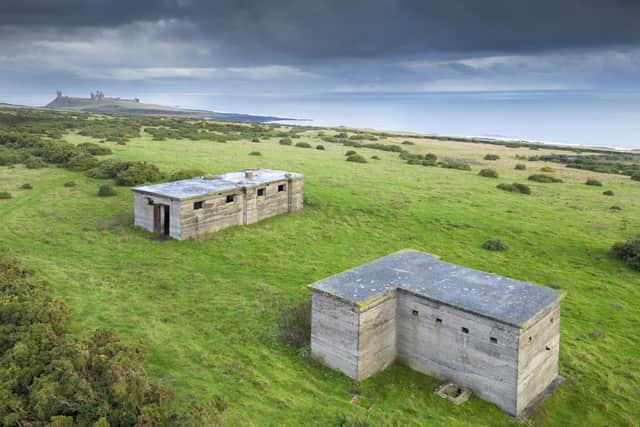World War Two radar station in Craster given listed building status by Historic England
and live on Freeview channel 276
Chain Home Low Radar Station in Craster, built in 1941 to provide early warning of German aerial attacks, is among Historic England’s newly-listed sites.
It is made up of two principal buildings and original room fittings which include a generator bed, cable ducts and evidence of power transmission.
Advertisement
Hide AdAdvertisement
Hide AdIts intact condition shows how it functioned as a small, low cover coastal radar station designed to detect and monitor the movement of German shipping, in the light of their potential invasion of Britain in the early years of the Second World War.


Though over 200 radar stations existed during the Second World War, only 75 of them were either coastal defence or ‘chain home low’ stations, and only eight of these survive in a complete or near-complete condition.
Chain home low stations had two principal buildings: an operations building bearing the aerial platform that supported the antennae that was once mounted upon it, and a separate engine room.
Playing a crucial role in the air defence of the country during the Battle of Britain, and helping to change the course of the Second World War, they are a physical reminder of wartime tensions and fears, and the need for a national defence system, which resulted in the construction of a chain of radar stations to protect Britain's coast.
Advertisement
Hide AdAdvertisement
Hide AdIt is among 227 historic gems which have been added to the National Heritage List for England over the past year.
Duncan Wilson, chief executive of Historic England said: “A range of remarkable historic buildings and sites are added to the list each year and 2023 is no exception. We’ve examined and protected some amazing sites this year, which together give us a window into our rich and varied historic environment.
"The festive period is a great time to find out more about the historic places all around us. I encourage everyone to explore the heritage on our doorsteps and to add what they discover to our Missing Pieces Project for everyone to see and enjoy.”